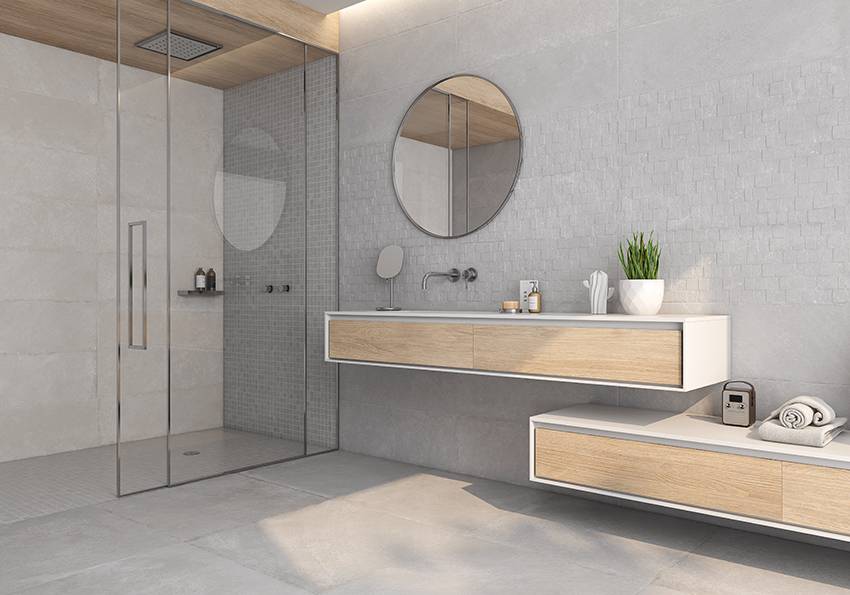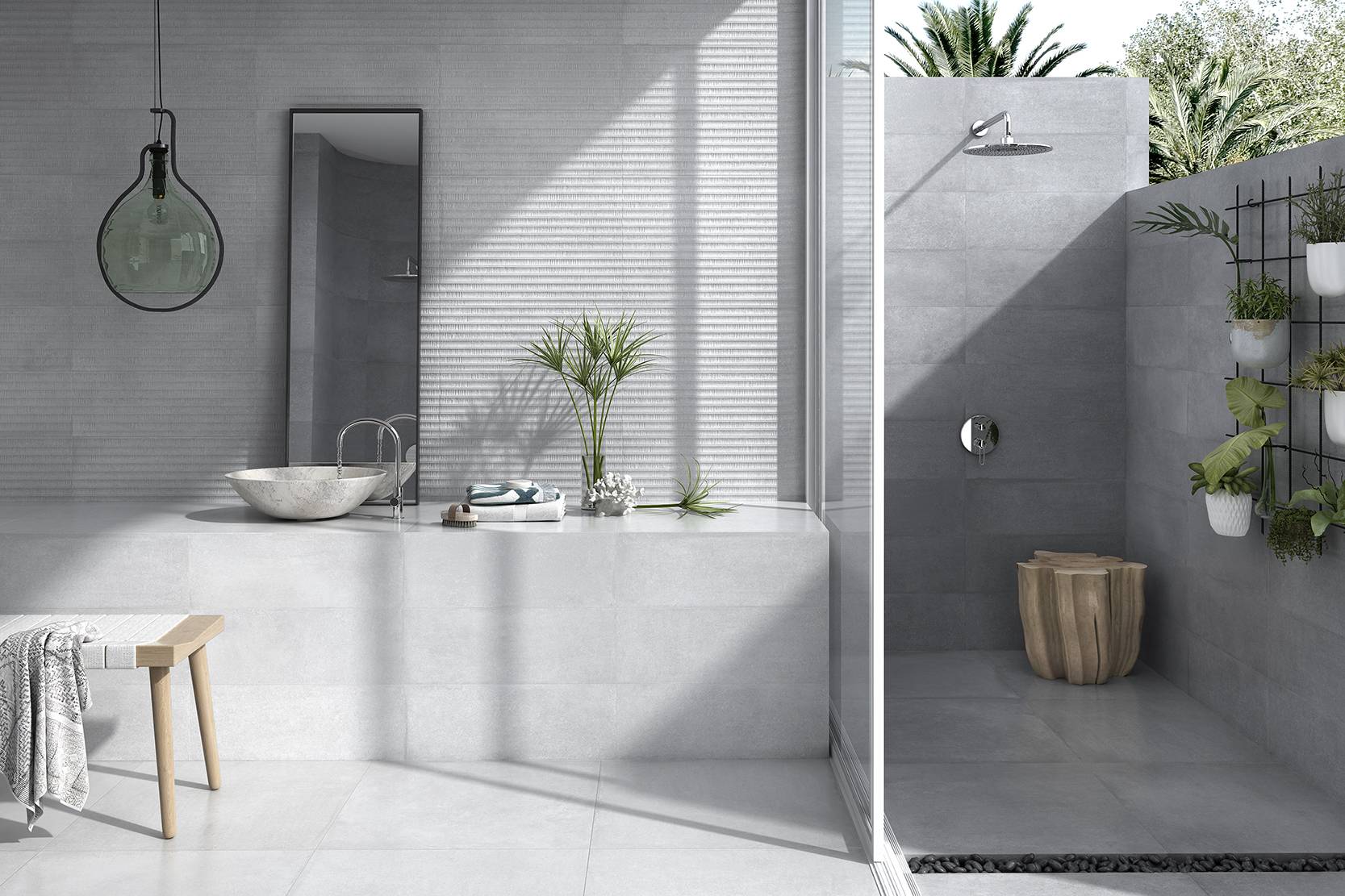How to avoid badly laid tiles: tile joints
Recent trends in interior design and new technological advances have led to the development of tile products able to provide that much sought-after seamless look. This can be achieved with large-format rectified tiles.
Although these new trends are now possible thanks to technological developments, it is still important to bear in mind the need for tile joints and the problems associated with not leaving the necessary gap.
Continuous surfaces are not synonymous with no tile joints
Tile joints are used to offset movements in tiles, since buildings do not settle until 10 years after their construction and so during this period, they will continue to be prone to movements.
The consequences of not leaving the right tile joints
Cracks. With temperature changes, materials expand or contract. Tile joints allow them to do this.
Without the right tile joint, these movements can make the tiles crack or break.

Breakage due to impacts. Likewise, structural movements in building materials lead to stress. Tile joints can help to mitigate this.
Without the right tile joint, when the most minimum impact occurs, this stress can cause the tiles to break.
Uneven tiles. Professional tile layers will easily recognize the term “lippage”. This is used to refer to unevenness in tiles, either because they were badly laid or due to movements in the tiles caused by stress brought about by structural movements.

There are other ways of achieving a continuous appearance. Manufacturers now sell collections whose design can be extended to all areas of the home, regardless of the technical requirements of different living spaces. For instance, if you need non-slip tiles in one area and a Lappato or natural finish in another, models with these technical specifications are available all in the same design.







